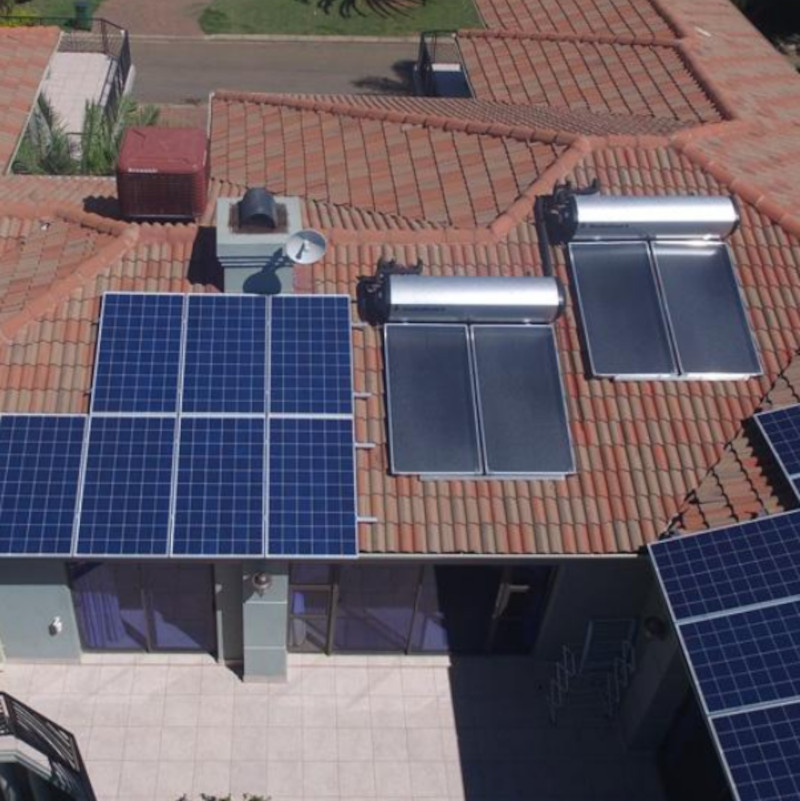Solar Energy
Services
Energy management
Our service commences with an energy audit of the facility, to determine the load and the consumption drivers on the facility. This helps us to guide the client whether retrofitting and behavior change would have an impact on the overall solution to energy management. Although installing a Photovoltaic solution becomes the overall response to energy security, we do this with extensive assessments from the energy audit report, to lower the cost of installation.

FAQ'S
Frequently Asked Questions

Product Offering
Energy Audit - Free wih every system purchase
PV Solar Panels - From R2000
Lithium Batteries - POA
Inverters - From R7000
